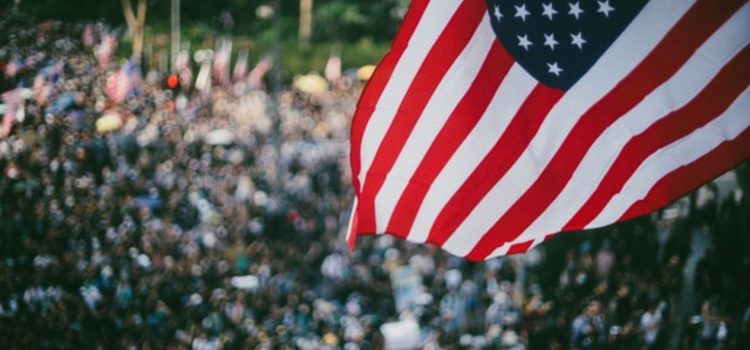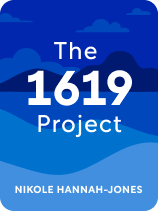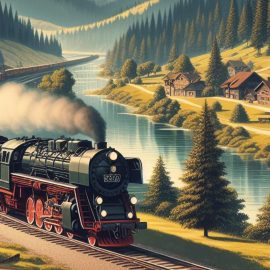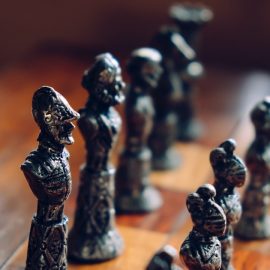

This article is an excerpt from the Shortform book guide to "The 1619 Project" by Nikole Hannah-Jones. Shortform has the world's best summaries and analyses of books you should be reading.
Like this article? Sign up for a free trial here .
What role did the North play in the abolition of slavery? Were all Northern states against slavery?
According to Nikole Hannah-Jones, an American investigative journalist and the author of The 1619 Project, the mainstream story about Northern states spearheading the abolition of slavery is historically inaccurate. The North was not actually abolitionist because Northerners also owned slaves and participated in the slave trade at the time.
Here’s what history textbooks don’t tell us about Northern abolitionists.
The Myth of the “Free Abolitionist North”
According to Nikole Hannah-Jones, the author of The 1619 Project, the myth of the Northern abolitionists leading the fight for American freedom is based on half-truths, hypocrisies, and inaccurate information. The North was neither free nor abolitionist at this time. Further, the authors of America’s founding documents (like the Declaration of Independence and the Constitution) were all slave owners and mostly Virginian Southerners like Thomas Jefferson and James Madison.
Early American Beliefs on Slavery and Abolition
Historians confirm that most of the authors of America’s founding documents enslaved people. However, experts add that despite this, many of them expressed the wish for slavery to eventually be abolished at one point in their careers. George Washington, the nation’s first president, repeatedly expressed his desire to pass legislation that would abolish slavery, and at the end of his life, he freed the people he enslaved.
While this additional information doesn’t necessarily contradict any of Hannah-Jones’s claims, it may reframe how we view the attitudes of early Americans—the issue wasn’t as straightforward as Hannah-Jones frames it to be. Many prominent people, like Washington, were troubled by the moral evils of slavery but didn’t yet know how to abolish the institution while preserving a unified nation and avoiding economic collapse.
Further, Hannah-Jones’s claim that the North was neither free nor abolitionist is only half true—while many Northerners either owned slaves or participated in the slave trade, there were a number of states that were majority abolitionist and began the process of abolishing slavery immediately after the war. Pennsylvania began the abolition process in 1780, followed by six more Northern states in the next several years. So while the Northern states weren’t free at the time of the Revolution, many of them were abolitionists.

———End of Preview———
Like what you just read? Read the rest of the world's best book summary and analysis of Nikole Hannah-Jones's "The 1619 Project" at Shortform .
Here's what you'll find in our full The 1619 Project summary :
- A reframing of American history with the institution of slavery at its core
- How democracy as we know it today was largely built by enslaved Blacks
- The racist institutions that persist today that originated from slavery






